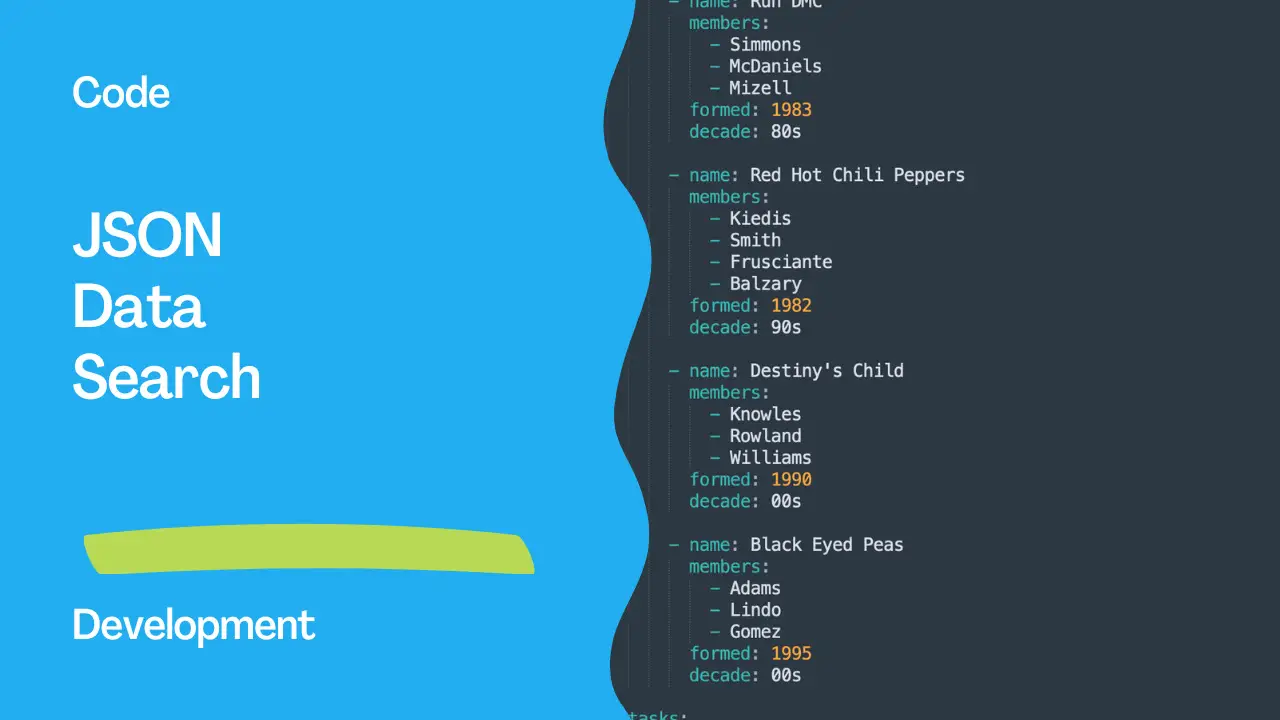Introduction
Ansible is a powerful tool used for automation and configuration management. While it is commonly associated with tasks like server provisioning and application deployment, its flexibility allows it to be used for a wide variety of tasks, even something as simple as searching for a specific band member in a list of bands. In this article, we’ll create an Ansible playbook that searches for bands formed with a member named “Starr” and outputs the result.
Disclaimer
Full example: https://www.redhat.com/sysadmin/ansible-jinja-lists-dictionaries
The Playbook
Below is the Ansible playbook designed for this task. It includes a list of bands, each with its members, formation year, and the decade they were most active. The playbook filters through this list to find any band that has a member named “Starr.”
---
- name: List bands formed with a member named Starr
hosts: localhost
gather_facts: no
vars:
bands:
- name: The Beatles
members:
- Lennon
- McCartney
- Harrison
- Starr
formed: 1960
decade: 60s
- name: The Eagles
members:
- Frey
- Henley
- Leadon
- Meisner
formed: 1971
decade: 70s
- name: Run DMC
members:
- Simmons
- McDaniels
- Mizell
formed: 1983
decade: 80s
- name: Red Hot Chili Peppers
members:
- Kiedis
- Smith
- Frusciante
- Balzary
formed: 1982
decade: 90s
- name: Destiny's Child
members:
- Knowles
- Rowland
- Williams
formed: 1990
decade: 00s
- name: Black Eyed Peas
members:
- Adams
- Lindo
- Gomez
formed: 1995
decade: 00s
tasks:
- name: Display bands with a member named Starr
ansible.builtin.debug:
msg: "{{ bands | selectattr('members', 'search', 'Starr') | map(attribute='name') | list }}"
Explanation of the Code
Playbook Structure:
- The playbook targets the
localhostand does not gather facts, as this is a simple data-processing task.
- The playbook targets the
Variables Section:
- The
bandsvariable is defined as a list containing information about several bands, including their names, members, formation year, and the decade they were active.
- The
Task:
- A single task is defined that uses the
ansible.builtin.debugmodule to filter through thebandslist and find any band with a member named “Starr.” - The filtering is done using Jinja2 templating with the
selectattrfilter, which searches for “Starr” within thememberslist of each band.
- A single task is defined that uses the
Running the Playbook
To run this playbook, save it as list_bands.yml and execute the following command in your terminal:
ansible-playbook list_bands.yml
Expected Output
When the playbook is executed, the output will look like this:
PLAY [List bands formed with a member named Starr] *********************************************************************************************
TASK [Display bands with a member named Starr] *************************************************************************************************
ok: [localhost] => {
"msg": [
"The Beatles"
]
}
PLAY RECAP *************************************************************************************************************************************
localhost : ok=1 changed=0 unreachable=0 failed=0 skipped=0 rescued=0 ignored=0
Analysis of the Output
As shown in the output, the playbook successfully found that “The Beatles” is the band with a member named “Starr.” The playbook executed successfully, with Ansible confirming that the task was “ok,” meaning it completed as expected without any changes, failures, or other issues.
Conclusion
This example Playbooknstrates how Ansible’s flexibility extends beyond traditional IT automation tasks. By leveraging Ansible’s powerful templating system, you can automate various types of data processing tasks. This playbook, while simple, showcases the potential of Ansible for managing and filtering data, opening up a wide range of possibilities for its use in unconventional automation tasks.
Subscribe to the YouTube channel, Medium, and Website, X (formerly Twitter) to not miss the next episode of the Ansible Pilot.Academy
Learn the Ansible automation technology with some real-life examples in my
Udemy 300+ Lessons Video Course.

My book Ansible By Examples: 200+ Automation Examples For Linux and AWX System Administrator and DevOps

Donate
Want to keep this project going? Please donate
